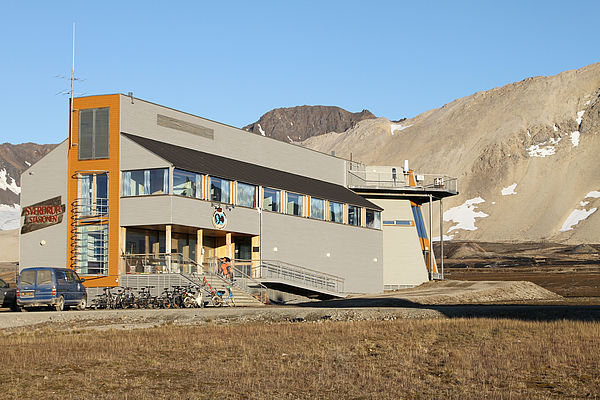
Background
IN0101 | |
Ny-Ålesund Research Station – Sverdrup | |
Arctic | |
Open | |
Station | |
Norway | |
Station | |
1968 | |
Year-Round |
Introduction
Norwegian Polar Institute | |
NPI Sverdrup is part of Ny-Ålesund Research Station which is located on the northern side of the Brøgger Peninsula at the southern shore of Kongsfjorden, Svalbard, Norway. Ny-Ålesund Research Station is a Norwegian research and monitoring infrastructure site, hosting a number of national and international institutions’ long term research programmes and projects. Infrastructure services are provided by the Kings Bay AS. The nearest civilian settlement is Longyearbyen, 100 km south of Ny-Ålesund. | |
Ny-Ålesund is surrounded by arctic tundra and river plains, while the mountains in the inner part of the Brøgger Peninsula have many small glaciers. Large glacier tongues flow into Kongsfjorden on the eastern and northern side of the fjord. Most of the birds living in Svalbard are breeding on small islands or on bird cliffs in Kongsfjorden. Reindeer and foxes are common visitors in Ny-Ålesund. Seals are often seen close to the settlement, and sometimes also walrus and beluga occur. | |
Ny-Ålesund was a mining town until the 1960s, when the coal mining activity was shut down. After a few years of inactivity Kings Bay AS was revived as an infrastructure provider, and Ny-Ålesund entered a new phase – as a location dedicated to research and environmental monitoring. Today, 11 nations have a long-term presence in Ny-Ålesund, and scientists from many more nations visit the research station to conduct research. NPI Sverdrup hosts Norwegian projects and research groups from nations without a long-term presence in Ny-Ålesund. NPI Sverdrup provides logistical support (snowmobiles, boats, and equipment), workshops, office facilities, and field storage, while common specialised laboratory space is available through Kings Bay. One of the main activities of NPI is to run the Zeppelin Observatory (which is located on the Zeppelin Mountain (472 m a.s.l.) and accessible by cable car) for long-term atmospheric monitoring. NPI Sverdrup can provide office space for up to 25 people. NPI Sverdrup is operated year-round with a permanent staff of seven persons. | |
Ny-Ålesund and its area is ideal for research and monitoring of environmental changes related to climate change issues, long range transportation of pollutants, UV-radiation and related biological effects, physiology, eco-toxicology, arctic marine and terrestrial ecosystems, as well as other research disciplines. Research and environmental monitoring activities at Ny-Ålesund Research Station are organised in four flagship programmes focusing on marine, terrestrial, atmospheric, and glaciological research. The combination of a northern location, a coastal setting, a heterogenous landscape, and relatively easy access has provided a unique environment for long-term research and time-series observations and makes Ny-Ålesund a key location for research and environmental monitoring in the High Arctic. Svalbard Integrated Arctic Earth Observing System (SIOS) is an international partnership of research institutions studying the environment and climate in and around Svalbard among others to develop an efficient observing system and sharing data. The SIOS Data Management System is establishing a virtual data centre offering unified access to the relevant data. Observations from Ny-Ålesund Research Station is a subset of these, and can be accessed from there. | |
Ny-Ålesund Research Station is only accessible for researchers. During the peak season (June-August), 150-180 persons stay at the station, but the number typically drops to 40-60 people in autumn and winter. Unless campaigns are being conducted, only the permanent staff (30-40 people) is present during the winter months. Ny-Ålesund is also home to the largest collection of protected buildings in Svalbard. | |
Longyearbyen can be reached by commercial aircrafts. From there an air shuttle service normally twice a week connects Longyearbyen with Ny-Ålesund. The flight takes approximately 25 minutes with normally max. 14 persons per flight. Cargo and heavy instruments/equipment should be sent to Ny-Ålesund by the cargo ship that arrives 8-10 times a year. |
Operator
Norwegian Polar Institute | |
Government | |
Norwegian Polar Institute | |
headnpi.nya@npolar.no | |
Data Source
Partner Institution
No |
Location
IN0101 | |
78° 55' 0'' N | |
11° 56' 0'' E | |
European Arctic | |
5 | |
0 | |
475 | |
Longyearbyen | |
100 | |
1 | |
0 | |
Ice-free ground |
Climate
Continuous | |
High Arctic | |
Snow and Rain | |
370 | |
14 | |
90 | |
E | |
01/01/1961 to 01/01/1990 | |
-6.3 | |
-14.6 | |
4.9 | |
April; May | |
July |
Features
Ice cap or glacier; Lake; Mountain; Permanent snowpatches; Rivers; Sea; Sea ice; Shoreline; Tundra; Valley; Other | |
Polar deserts/semi-deserts; Gramminoid tundra; Peatlands |
Disciplines
Anthropology; Archaeology; Astrophysics; Atmospheric chemistry and physics; Atmospheric sciences; Climate studies; Climatology; Climate change; Ecology; Ecosystem modelling; Environmental sciences; Fishery; Geocryology; Geology; Geomorphology; Geophysics and seismology; GIS; Glaciology; Hydrology; Isotopic chemistry; Limnology; Mapping; Marine biology; Microbiology; Oceanography; Paleoecology; Paleolimnology; Sedimentology; Sociology; Social science; Soil science; Terrestrial biology | |
Terrestrial biology – Ecosystem function; Community based monitoring, Citizen Science |
Human Activities
Yes | |
Recreational activities | |
Yes | |
Yes | |
Yes | |
No |
Infrastructure
IN0101 | |
585 | |
0 | |
Biology; Geophysics; Scientific diving; Other | |
Marine laboratory, atmosphere laboratory | |
20 | |
331 | |
200 | |
Yes | |
Yes | |
Fossil fuel | |
220 | |
24 | |
No |
Staff Capacity
6 | |
30 | |
6 | |
0 | |
36 | |
0 |
Scientific Equipment
Instruments for atmospheric, radiation, meteorological, and hydrologic measurements, and others | |
Monitoring long term measurements, logistical support, support for researchers | |
Glaciology, atmospheric, temperature and weather, |
Medical Facilities
Yes | |
10 | |
Nurse | |
0 | |
115 | |
1 | |
0 | |
0 | |
First aid kit, glacier rescue, satellite phone, VHF | |
No | |
No |
Vehicles
Polarcircle working boats, rubber and aluminum boats | |
Electrical car, car, bicycle, snowmobiles and sledges |
Workshop facilities
ICTS (Staff available to assit with constructions); Metal workshop; Wood workshop |
Communications
Computer; E-mail; Internet; Satellite phone; Telephone; VHF |
Access
IN0101 | |
Air; Sea |
Aircraft landing facilities
1 | |
0 | |
0 | |
Gravel | |
Yes |
Transport and freight
Airplane; Ship | |
Boat | |
8 | |
April; May; June; July; August; September; October; November; December | |
Pier/Jetty | |
150 |
Access To The Facility
Yes | |
Yes | |
Head of Sverdrup | |
headnpi.nya@npolar.no |
Pictures
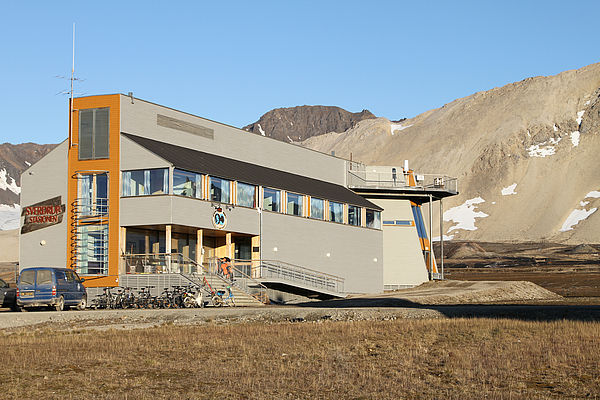 Sverdrup Station (Credits: Max Koenig) |
 Landscape (Credits: Max Koenig) |
 Reindeer (Credits: Max Koenig) |
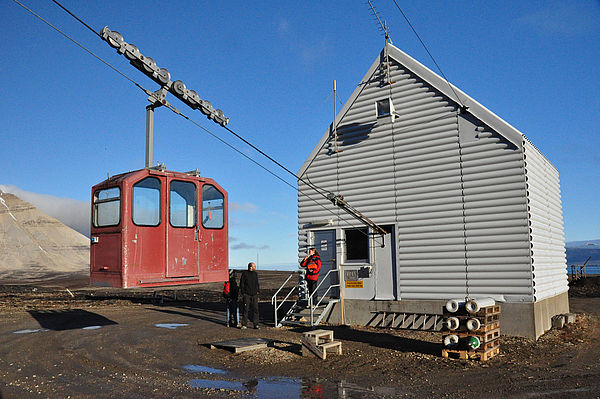 Cable car (Credits: Li Gang) |
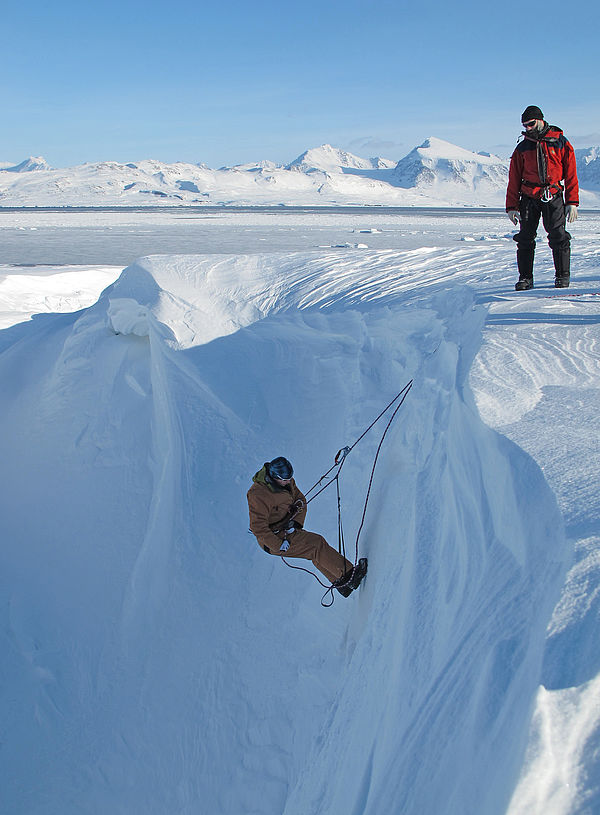 Rapelling snow-wall (Credits: Max Koenig) |
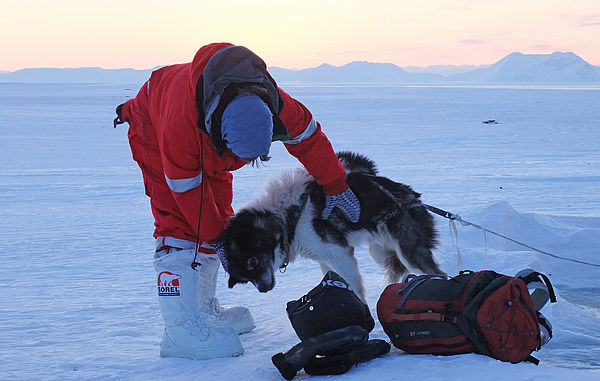 Researcher and dog (Credits: MaxKoenig) |
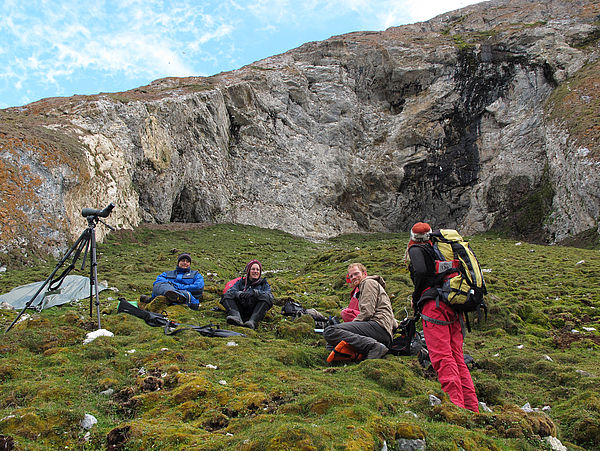 Scientists in field (Credits: Max Koenig) |
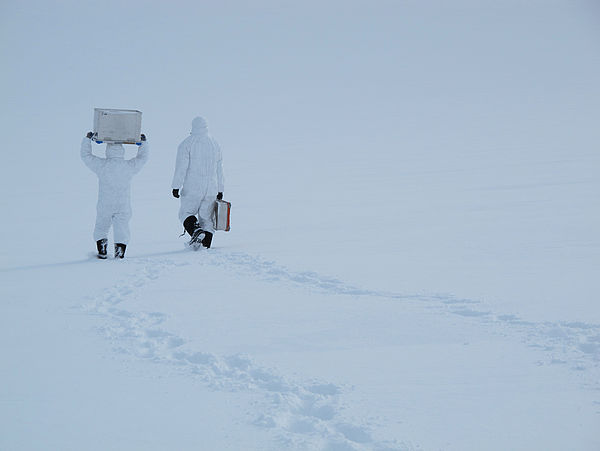 Snow scientists (Credits: Max Koenig) |
